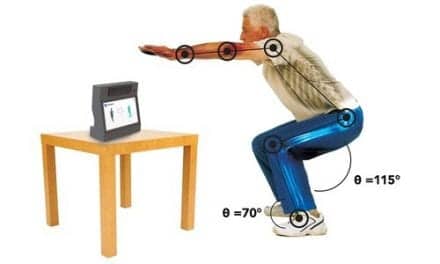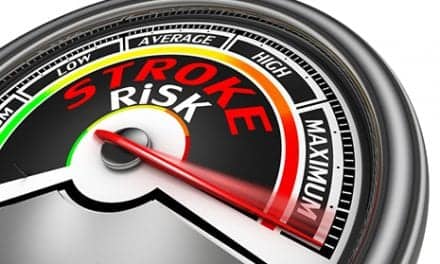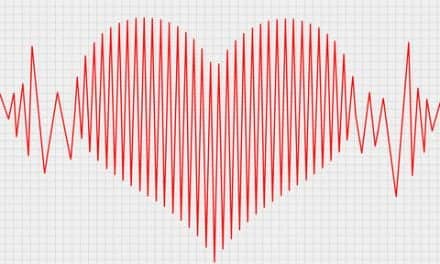A study by University of Florida (UF) Health suggests that an intensive physical therapy program may be key to better recovery from stroke. This could also apply to those who experienced a stroke more than a year earlier and had persistent disability, according to a university news release.
The study by lead author Janis Daly, PhD, MS, UF Health researcher and a professor in the UF College of Medicine’s department of neurology, focused on people who had persistent disability even a year or more after completing standard care for stroke, and found that extensive physical therapy helped them recover motor function, the release notes.
“Often after stroke, people can recover normal function without intensive treatment, in response to normal protective physiological processes. Some people recover quite well and can function normally,” explains Daly, also the director of the National Veterans Affairs Brain Rehabilitation Research Center of Excellence in Gainesville, per the release.
“For this study, however, we enrolled people who had a stroke a year or more prior to their study participation, and who were still severely impaired,” Daly says in the release.
She notes that the patients’ recovery was meaningful to them in terms of physical function, and was unique to each person.
“Some had dramatic recovery, some had less,” she says in the release. “Some were able to perform functional tasks that they weren’t able to do before; some recovered the ability to move their arm so they could actually place the arm for functional tasks, for example into the sleeve of a sweater.”
The average functional change for the study subjects was clearly significant for arm movements and for performing complex tasks, Daly explains in the release. For example, she continues, a man who had been unable to lift a spoon to his mouth is now able to feed himself.
To help the 39 study participants regain movements in their shoulders, arms, and hands, Daly and her research team administered an intensive physical therapy program that included 5 hours of rehabilitation per day, 5 days per week, for 12 weeks, the release explains.
During this program, the researchers divided the study subjects into three groups and tested three different modes of rehabilitation, the release explains. The first was motor learning rehabilitation (akin to learning a new sport move). In this type of rehabilitation, researchers asked the participant group to concentrate on performing a movement as deliberately as possible, with as much normal movement as possible, and must practice the task repetitively.
In the second mode, electrical stimulation rehabilitation, researchers placed electrodes on the participant group’s forearms that comfortably stimulated the muscles on the forearm and caused the hand to lift, the release notes.
With the third mode, robotics-assisted rehabilitation, participants in this group were asked to practice the reach movement using robot software. According to the release, the software guided them to attempt to reach targets displayed on a computer monitor. Their forearm and hand were cradled in a support so that they could concentrate on moving their shoulder and elbow.
The release explains that one group received 5 hours per day of motor learning alone, while the other two groups received motor learning for 3 1/2 hours and electrical stimulation or robotics-assisted rehabilitation for the remaining 1 1/2 hours per day. All three groups received some motor learning rehabilitation. Each of the groups improved significantly, on average doubling or nearly doubling their scores on a scale that assesses coordination.
Daly notes in the release that the recovery for all three groups was equal, with no statistically significant difference between the groups. A small sample size may have been a potential limitation of the study, and the researchers point out that there might have been statistical differences in the results between groups if the group sizes had been larger. Because of the program’s intensity, one physical therapist worked with three patients; this ratio of therapist to patients was successful.
“The magnitude of recovery we observed in our study is higher than any other studies that have been published so far, which supports the promise of longer treatment and more intensive treatment after stroke, even for those who are more severely impaired,” Daly concludes, in the release.
[Source(s): University of Florida, Science Daily]





